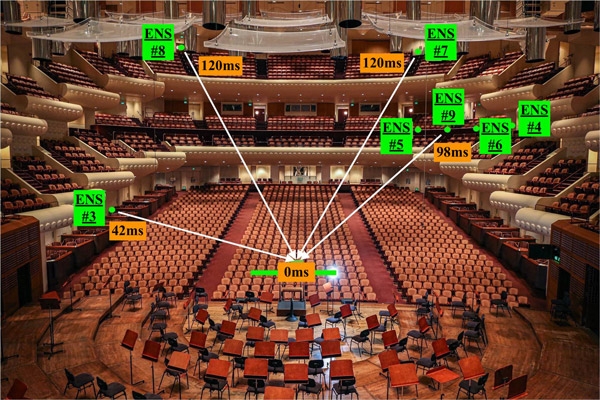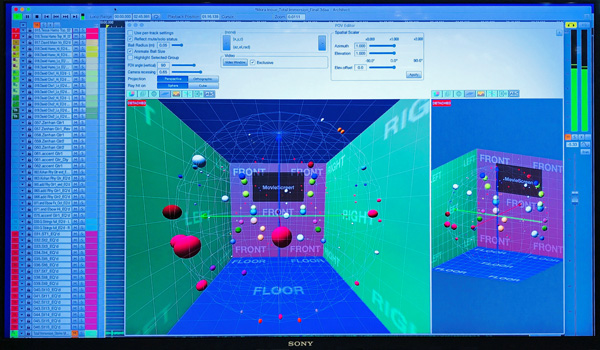| Columns Retired Columns & Blogs |
Atmos is cute. It is technologically interesting and one of those technologies best suited for the top 1%ers and Disney World auditoriums.
As a frugal, apartment dwelling audiophile 5.1 or even 7.1 is the limit of what I'm willing to install.
The better a system can perform with 5.1 instead of 20.10 the more likely I am to take it seriously for me.









































